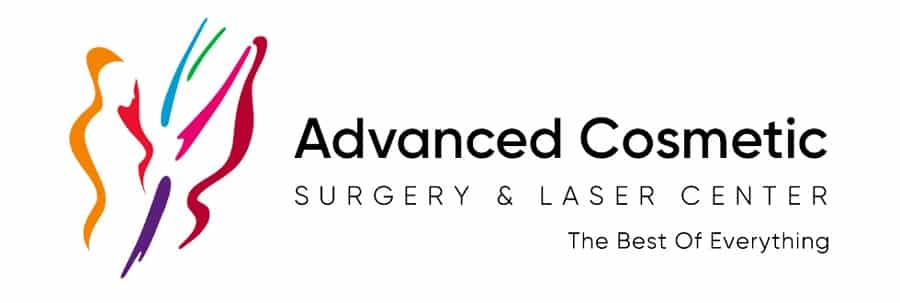Snoring is a simple phenomenon that can turn into a complex problem. While you sleep, the muscles at the back of your throat relax, causing the soft palate to partially block your air passages. As you breathe, the air from your mouth or nose tries to pass around the blockage, resulting in the rasps and rattles we know as snoring. When the air passages become more blocked, the snoring gets worse- and so does the annoyance.
Snoring Procedure
- Coblative-Channeling is a unique patented process using bipolar radiofrequency (RF) technology to achieve precise and rapid tissue removal. Most RF technologies only heat or shrink tissue. In contrast, Coblation-Channeling clears blocked airways by both shrinking and removing tissue for immediate results. In addition to treating snoring, Coblation-Channeling is used in tonsillectomies and a variety of other upper airway procedures.
- With Coblative-Channeling, a specialized wand is inserted into the soft palate. Once the wand is channeled into position, it is held in place for just ten to fifteen seconds at a time, compared to three to five minutes with other devices. This process immediately removes tissue and creates a lesion that, when healed, decreases the size of the palate and stiffens the floppy tissue responsible for causing snoring.
- The Coblation-Channeling procedure takes about five minutes, and is performed in our AAAHC accredited surgery center under local anesthetic.
Snoring Procedure Recovery
- You may have a sore throat and some swelling for a few days, with a full feeling at the back of your throat. Pain is minor and easily controlled with medication.
- You may resume normal activities the same day as the procedure.
Snoring Procedure Result
- After the initial healing, about one week after surgery, you should notice an improvement in your snoring. As the tissue in your soft palate continues to stiffen over time, your snoring will decline even further, improving over the next four to six weeks as the tissue continues to tighten and heal.

